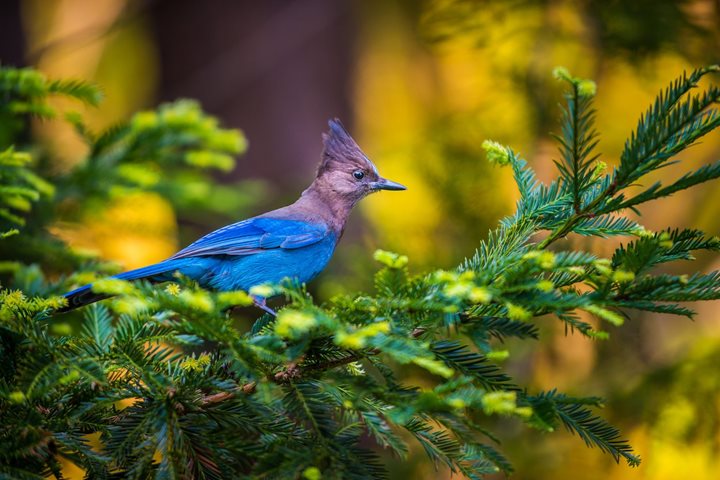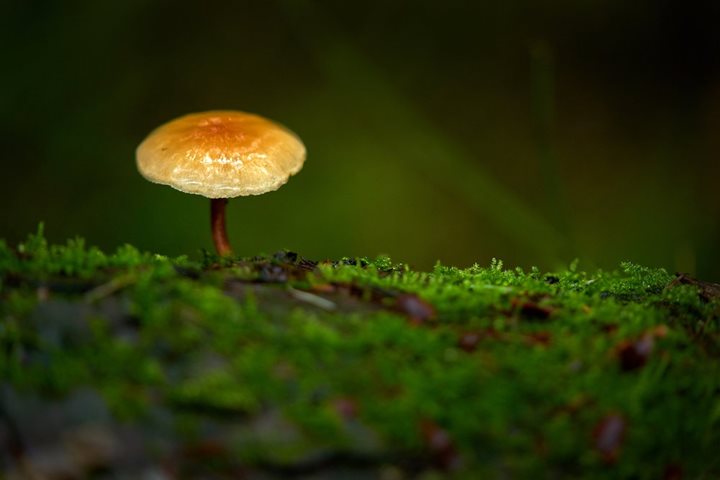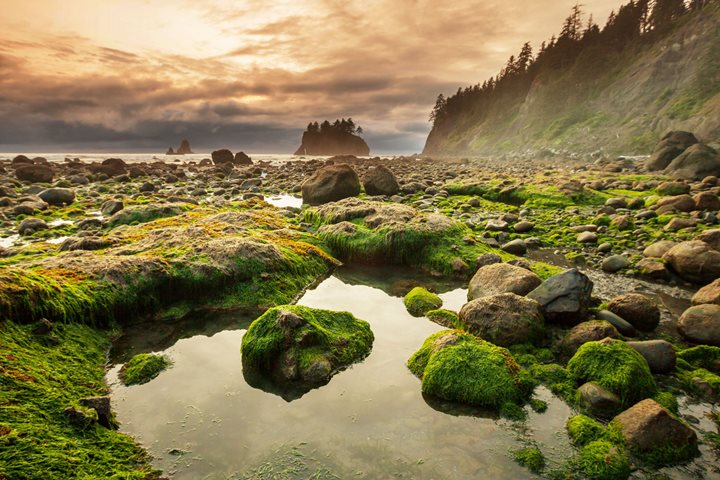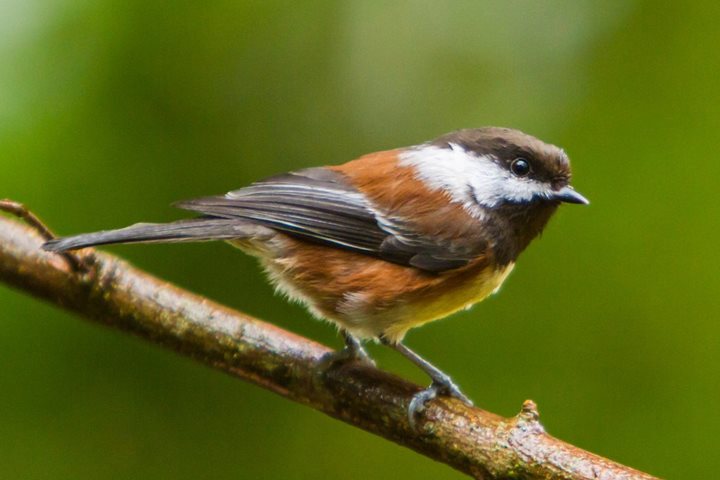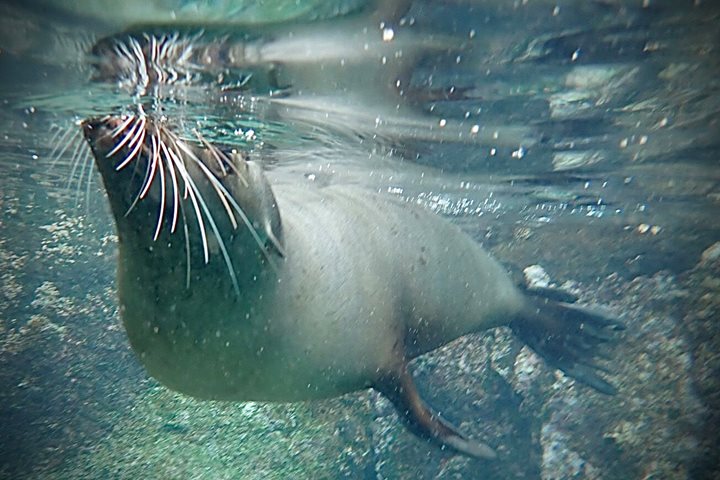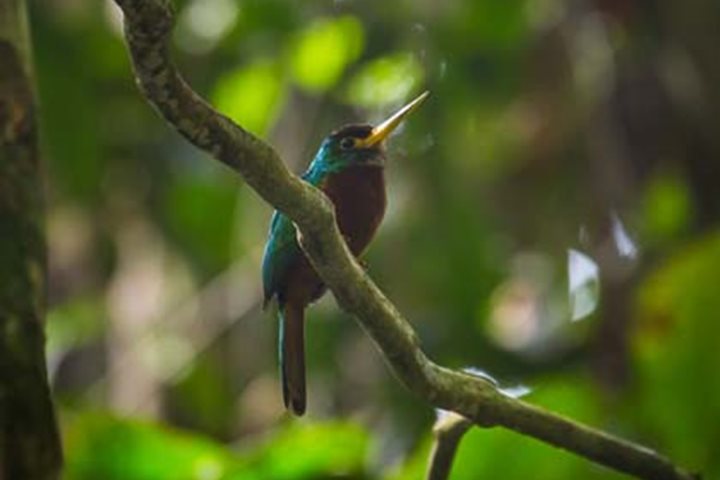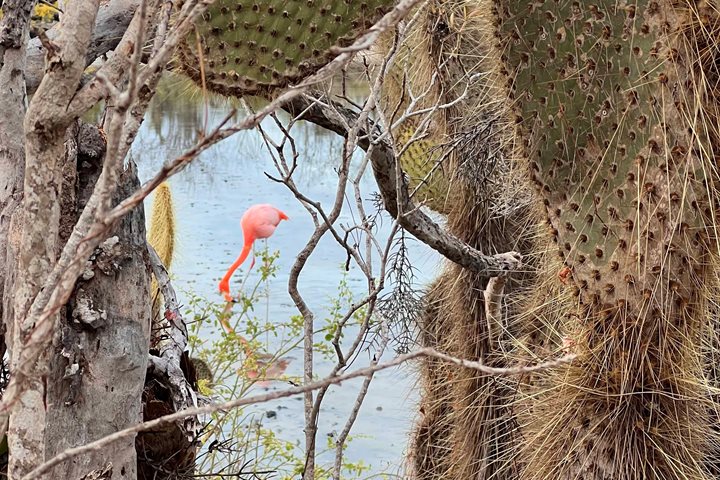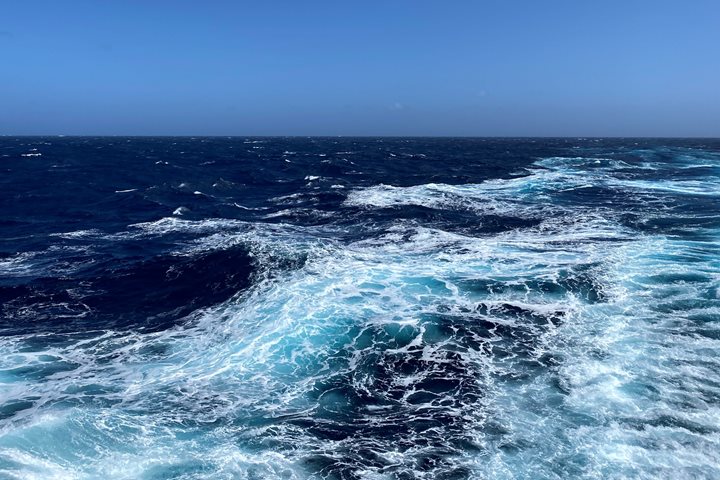Call +1.212.765.7740
Loading...
5/16/2019
4 Min Read
Retracing Lewis and Clark’s Corps of Discovery Expedition
1/29/2020
6 Min Read
Pacific Northwest: Expedition Dining—Then & Now
2/9/2021
4 Min Read
Wildlife & Natural Wonders in the Pacific Northwest
6/28/2021
3 Min Read
Birds of the Pacific Northwest: The Steller's Jay
The cooler West Coast cousin of the blue jay, this bold crested bird robs nests and can mimic a range of sounds. Get to know more about the Steller's jay.
9/16/2021
4 Min Read
Fungi of the Pacific Northwest: Foraging on Harstine Island
On our brand-new itinerary in the Pacific Northwest, you'll enter a verdant realm filled with fascinating fungi on a visit to Harstine Island.
9/20/2021
2 Min Read
Where Is the Salish Sea?
The name “Salish Sea” is a relatively new term coined to describe the Pacific Northwest's most unique ecosystem. Read on to learn more, and then join us this fall to experience it for yourself.
11/16/2022
4 Min Read
Notable Birds of the Pacific Northwest
The Pacific Northwest harbors a diversity of habitats ideal for birdlife like the rhinoceros auklet, Steller’s jay, and red-breasted sapsucker. These are just a few of the species to spot on expeditions in the region.
Showing 7 of 7
Daily Expedition Reports
10/30/2022
Read
National Geographic Islander II
Floreana Island
We woke up to super calm waters off the northern coastline of Floreana Island. Perfect conditions for a bit of kayaking among the offshore islets near Post Office Bay! Brown pelicans, egrets, green sea turtles, and red, black, and white mangroves…a peaceful environment for an hour or so before breakfast. Some guests went straight to the beach to walk a few yards through saltbushes and found themselves facing the famous “barrel” of Post Office Bay. It’s been over a century since the barrel was first placed here for use by whalers to exchange correspondence and carry back letters of business, or perhaps letters to loved ones. Today, postcards fill the barrel, but the turnover is fast. Each day, some of the postcards are taken for delivery while others are left behind in hopes that someone will continue the tradition and hand-deliver them in the weeks to come. Between breakfast and lunch, we played in or on the water around Champion Islet, just to the northeast of Floreana Island. We didn’t make a landing but explored by Zodiac, including a birdwatching circumnavigation followed by deep-water snorkeling in incredible waters with parrotfish, angelfish, pufferfish, damselfish…all kinds of fish! Sea lions buzzed by, desperate to draw attention and get a reaction out of us, which they did. Squeals and shrieks were heard. After an instructional briefing on iPhone photography and a presentation on Charles Darwin in the afternoon, we went ashore on the main island of Floreana. There has been quite a drought this year and not much rain the previous year either. The land was dry, the vegetation was brittle, and dead leaves were everywhere. But all that is fine for the native and endemic species; after all, they’ve been through this before, over the millennia, and survived. The stress is on the introduced species who depend on higher amounts of freshwater for survival. While their defenses are down and populations are stressed, now is the time to really push for programs to eradicate introduced species. Floreana Island is ready for restoration. The National Park and collaborating NGOs are preparing Floreana to receive native species that were once thought doomed for extinction. Giant tortoises, Floreana mockingbirds, and racer snakes may yet survive and prosper with the help of these organizations. We spent the afternoon following an easy trail from a dark-colored beach of mineral origin and over the isthmus to a white, organic beach where green sea turtles were riding the breakers offshore. The turtles are not quite ready to come ashore and lay eggs, as temperatures are still too low for another month or so. But a great blue heron and frigatebird were checking out the scene, just in case someone tried for an early nesting. It will be a couple months before hatchlings try to race to the ocean in the dark of night. We returned to our base of operations as the sun set low on the horizon. National Geographic Islander II was waiting for us with hot water and the comforts of home.
10/29/2022
Read
National Geographic Endurance
At Sea to South Georgia
This morning, guests of National Geographic Endurance awoke in the middle of the South Atlantic. This is a unique crossing. As the ship transits from Puerto Madryn to the sub-Antarctic island of South Georgia, those aboard are privy to special sightings and experiences. Many seabirds rely on the building waves and wind that we observed as we near the Southern Ocean. A great force, the Southern Ocean circles Antarctica with unbroken strength. This energy creates a strong barrier, isolating Antarctica biologically and ecologically. Albatrosses, petrels, and prions use the wind to soar just above the waves, using their strong senses to identify prey in the water. These birds–Procellariiformes–have an incredible sense of smell, an adaptation that naturalist Conor Ryan shared with guests today during a morning lecture entitled, “The Smell of the Sea.” What we consider the smell of the sea is actually dimethylsulfide (DMS), which is released by organisms like phytoplanktonic diatoms. Diatoms become food for many primary consumers, including copepods and Antarctic krill. These primary consumers are, in turn, excellent prey for seabirds searching for their next meal. As they swoop from wave to wave, the birds actively hunt. On this crossing, we have been lucky enough to view the largest seabird of them all, the wandering albatross. This bird can have a wingspan of two meters, over six feet. Wandering albatrosses are monogamous and mate for life. With long lives, sometimes these animals produce offspring into their 60s. Royal albatrosses are their slightly smaller counterpart, and they tend to be rarer in this part of the world. With more black coloring on their wings and a less pink bill, they are a species that may be easily confused with the wanderer.
10/29/2022
Read
National Geographic Islander II
Bartolomé Island & Cerro Dragón
In the early morning, National Geographic Islander II visited Bartolome Island, one of the most iconic places in the Galapagos Islands. We made it all the way to the top to get panoramic pictures of the pinnacle view. Then we headed back to the ship for breakfast and to get ready for the beach, where we planned to practice with our snorkeling gear for the first time. Afterwards, some of our guests enjoyed deep-water snorkeling, and others took tours in the glass-bottom boat. During the afternoon, we visited Cerro Dragon on Santa Cruz Island to look for land iguanas, and we found them posing for us on the trail. It was an amazing day aboard National Geographic Islander II !
10/28/2022
Read
National Geographic Endurance
At Sea Towards South Georgia
Two wonderful days of excursions at Peninsula Valdes and Trelew offered insights into the wildlife, cultural heritage, and paleontological riches of central Patagonia. As with any expedition, a flexible mindset is beneficial as the weather can prompt itinerary changes. Upon sailing from Puerto Madryn, our next destination is not farther down the Argentinian coast as originally planned, but rather South Georgia Island far to the east. Not to worry–we’ll still visit the Falkland Islands in the final leg of our voyage! With a following wind and sea, National Geographic Endurance provided an efficient and very comfortable passage as we transited over 1,300 nautical miles from South America to the British Overseas Territory of South Georgia. A diversity of albatrosses and petrels soared behind the ship, capitalizing on the strong breezes in our wake; several new species were added to the day’s list of sightings with growing distance offshore. Guests who braved the decks were rewarded with photo opportunities as seabirds circled nearby. Along with a shifting complement of wildlife, seawater temperatures are dropping–once cooler than ~3 degrees Celsius, we’ll officially be in the Southern Ocean. A full slate of natural history presentations and photography workshops kept the attention of those interested in learning about earth science, seabirds, and the capabilities of the cameras on their phones. However, a day at sea also presents a chance to relax. From editing recent pictures to browsing library shelves in the Observation Lounge to enjoying a massage with the Wellness Team to working on a challenging puzzle to walking three miles of laps around Deck Eight to savoring the treats that appear at afternoon tea…all those on board found ways to enjoy the spaces and resources that make National Geographic Endurance our traveling home.

